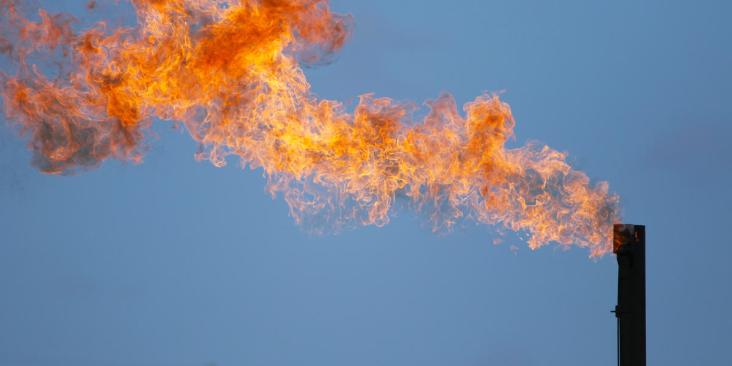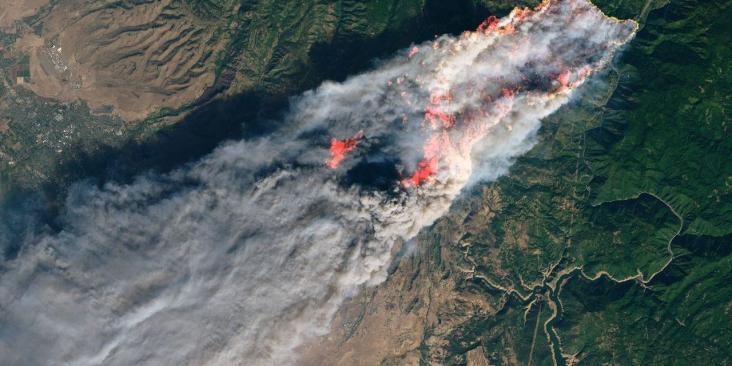Last week, New York approved its 2025 budget, which includes $1 billion to invest in clean energy, energy efficiency and other programs that will reduce pollution and save New Yorkers money. Unfortunately, the benefits of these investments are overshadowed by the delayed launch of New York’s cap-and-invest program, which would provide billions more in savings to New Yorkers every year.
Climate 411
Despite $1 billion budgeted for clean energy, New York’s delayed cap-and-invest rollout is costing residents billions more in savings
New tax bill repealing clean energy incentives will raise costs, surrender jobs and increase pollution

Professional worker installing solar panels. Shutterstock.
(This post was written by EDF Vice President for Political and Government Affairs Joanna Slaney)
Two key U.S. House committees this week advanced a tax plan that effectively ends incentives for clean energy and electric vehicles, undermining an American-made energy boom while raising costs for businesses and families and threatening people’s health with more pollution.
The draft legislation also includes repeals of the U.S. Environmental Protection Agency’s tailpipe pollution standards and the U.S. Department of Transportation’s more protective fuel economy standards for the nation’s new cars and passenger trucks – rules aimed at reducing expensive fuel use and harmful pollution while providing cleaner air.
The move is a clear abuse of the reconciliation process, which allows Congress to advance certain spending and tax bills on a simple majority vote, freeing lawmakers from the 60-vote threshold in the Senate most legislation must meet to be considered.
Local leadership on climate takes center stage at the African American Mayors Association Conference
Federal policies on climate and energy are changing, but the need to build resilient communities remains as urgent as ever. That was a key message that the Environmental Defense Fund brought to the 2025 African American Mayors Association (AAMA) Conference in Washington D.C., where hundreds of mayors and civic leaders from across the country shared strategies and ideas on a range of issues, with EDF lending its voice to discussions around building healthy communities and stabilizing climate.
Guided by the conference theme, “The Power of Now”, mayors sought solutions for navigating rapidly changing federal priorities and identified partnerships that can empower cities to take on their biggest challenges—like climate change.
As cuts to the federal workforce, climate databases and funding for infrastructure projects take their toll, AAMA has built partnerships with businesses and non-profits like EDF to fill some of the gaps. EDF is a strategic partner to AAMA, serving as a member of the association’s Business Council and aligning on stabilizing climate and building healthy communities. During the conference, mayors discussed how EDF resources were enabling them to tackle localized environmental challenges and connect with opportunities for funding infrastructure and resilience projects affected by federal cuts. “Addressing climate and addressing environmental justice is all a part of what we need to be focused on as mayors. It affects educational outcomes, it affects public safety, it affects economic opportunity,” said Justin Bibb, mayor of Cleveland, OH.
Our conversations at the conference highlighted many resources and opportunities—here are the key ones that mayors should know about. Read More
Spain and Portugal Blackout: Separating Fact from Fiction
Note: This blog was published May 6, 2025.
Last Monday, a widespread power outage hit Spain and Portugal, plunging the region into darkness for about 18 hours before power was restored.
Within minutes of the blackout, people with political agendas flooded the zone on social media to cast blame on their favorite culprit: renewable energy. To be clear, the power company and government experts in Europe are still investigating the causes of the outages. Complex system failures like this one can take time to untangle.
But that hasn’t stopped renewables critics from sharing their hot takes. Unfortunately, they’ve been predictable. Even the Wall Street Journal ran an opinion article blaming solar energy for the blackout, but noted in the very same article that “the discrete triggering event isn’t yet known.”
So, what really happened? The short answer is: We don’t know yet. The reasons are likely to be highly technical and complicated – which is why we shouldn’t jump to unfounded conclusions.
An Executive Order is attempting to interfere with ironclad state authority to protect people from pollution
States have broad and bedrock authority to protect people from pollution – and President Trump’s Executive Order issued yesterday instructing the Attorney General of the United States to interfere with foundational state prerogatives to protect people from harm cannot change that.
The Executive Order was one of four the President signed yesterday. It is revealing that this order attacking state action came in tandem with another Executive Order that showcased his efforts, certain to fail, to force the American people to use expensive and high-polluting coal. That coal order would make President Trump squarely responsible for imposing a massive tax on the American people in the form of higher energy prices, as it is well established that coal power is costly before even factoring in its roles in contributing to deadly soot and smog and in fueling the deadly fires, heat waves, and storms caused by climate change.
A Landmark Decision for Indigenous Rights: The Inter-American Court Protects Peoples Living in Voluntary Isolation in Ecuador
This post was co-authored by David Cordero-Heredia, Professor of Law at the Pontificia Universidad Católica del Ecuador, and Visiting Scholar for Cornell University’s Latin American and Caribbean Studies program, and Santiago Garcia Lloré, Acting Director Forest Partnerships, Environmental Defense Fund
Indigenous Peoples living in voluntary isolation (IPLVI) are communities that have chosen to avoid contact with the outside world. They maintain their traditional ways of life deep within remote forests and inaccessible regions. Their territories are among the most pristine and ecologically significant areas on the planet; IPLVIs play a crucial role in global biodiversity conservation.
On March 13, 2025, the Inter-American Court of Human Rights (IACHR) delivered a landmark ruling in the case of Indigenous Peoples Tagaeri and Taromenane v. Ecuador. The Court declared Ecuador internationally responsible for violating multiple human rights of the Tagaeri and Taromenane, Indigenous Peoples Living in Voluntary Isolation (IPLVI) in the western Amazon after violent attacks in 2003, 2006, and 2013, leading to deaths of IPLVI members (IACHR, 2024).
The ruling found that Ecuador violated the rights to collective property, self-determination, dignified life, health, food, cultural identity, a healthy environment, housing, life, judicial guarantees, and judicial protection of the Tagaeri and Taromenane. Additionally, the Court held the state responsible for violating the personal integrity, freedom, dignity, family protection, childhood rights, identity, movement, residence, cultural identity, health, and judicial guarantees of two Indigenous girls who were forcibly separated after a 2013 attack.










